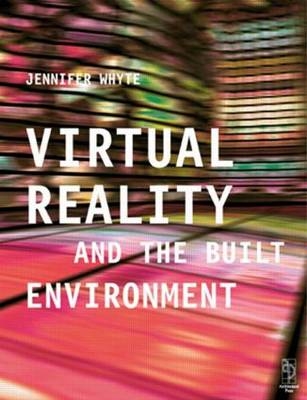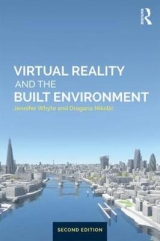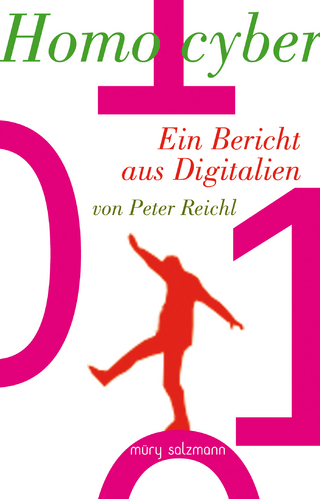
Virtual Reality and the Built Environment
Architectural Press (Verlag)
978-0-7506-5372-5 (ISBN)
- Titel erscheint in neuer Auflage
- Artikel merken
This is the first text to focus on virtual reality applications for design of the built environment. This guide explores the use of virtual reality at the practical level. It provides an overview of industrial applications of virtual reality and explores relevant scientific research.
Virtual Reality in the Built Environment is a guide to the practical uses of virtual design, construction, and management. Providing an overview of industrial applications for virtual reality and exploring relevant research, this book is an accessible and innovative resource for architects, designers and built environment professionals--bridging the gap between technological vision and current practice.
Author Jennifer Whyte shows how interactive, spatial, real-time technologies can radically improve modelling and communication of ideas, enable partcipation in the design process, and facilitated planning and management at the urban scale. The experience of lead users of virtual reality is used as the basis for understanding its promise and problems. Explanations of the underlying principles of this exciting interactive medium, a discussion of the cognitive, technical and organizational issues it raises, and international case studies illustrating practical applications are all included in this guide.
The author also provides a companion web site which provides online learning materials, including test-yourself questions, virtual reality models, and links to relevant sites, making it a valuable design resource and a stimulus for innovation.
Jennifer Whyte is an expert in the use of virtual reality for the design and production of the built environment. After completing a degree in architecture, she worked in architectural practice and taught design at degree level before undertaking a PhD. Dr Whyte has conducted industrial case studies throughout the world and has reported the results of her research internationally in academic journal and conference papers, and through presentations to industry and articles in the trade press.
Foreword by David Gann. Preface. Acknowledgements. Picture Credits. 1. Using virtual reality. What is virtual reality? Historical context. Focus on applications. 2. Maps, models and virtual reality. Representations. Maps and models. Understanding virtual reality. Revealing hidden source. 3. Building prototypes. Simulating dynamic operation. Co-ordinating detail design. Scheduling construction. Drivers, barriers and issues. 4. Design and wider involvement. New markets. Demonstrating technical competence. Design review. Marketing. Generating design? Drivers, barriers and issues. 5. Revisiting the urban map. Urban management and use. Planning. Drivers, barriers and issues. 6. Practical implications. Design visualization in the project-based firm. Industrial context and issues. Reorganizing practice. Concluding remarks. References. Index.
| Erscheint lt. Verlag | 28.8.2002 |
|---|---|
| Verlagsort | Oxford |
| Sprache | englisch |
| Maße | 189 x 246 mm |
| Gewicht | 476 g |
| Themenwelt | Mathematik / Informatik ► Informatik |
| Technik ► Architektur | |
| ISBN-10 | 0-7506-5372-8 / 0750653728 |
| ISBN-13 | 978-0-7506-5372-5 / 9780750653725 |
| Zustand | Neuware |
| Informationen gemäß Produktsicherheitsverordnung (GPSR) | |
| Haben Sie eine Frage zum Produkt? |
aus dem Bereich



